I am quite well versed in the extensive history of the operating system wars. Apple effectively created the home computer industry, and Microsoft has been doggedly chasing after ever since. This is not a new story in the slightest.
Historical documents tell us that Steve Jobs managed to arrange a tour at Xerox’s Palo Alto Research Center, frequently called Xerox PARC, which had been tasked by their parent company with developing a wide range of modern computing technologies for the future. The PARC teams were responsible for laster printers, Ethernet, the desktop paradigm for graphical user interfaces, e-paper, Very Large-Scale Integration or VLSI, the process which made all of the computer chips we use today even possible, and the Alto, among other things.

A Xerox Alto II on display… somewhere. Unfortunately, the contributor didn’t note
where they had taken the picture, so it’s anyone’s guess, though likely a computer museum… again, somewhere.The Alto II was an amalgam of all of the technologies developed at PARC and was effectively a “desktop” computer. The idea might seem insane when you look at the literal behemoth above, but this where we were back then. The Alto II was never released as a product for the general public and only 2,000 were built, mostly deployed inside PARC with some distributed to universities. Many believe that the Mac team’s exposure to the work on the GUI at PARC helped them break through some of their final stumbling blocks before the release of the Macintosh in 1984. I’m pretty sure we’ve all seen the Super Bowl commercial…
There was, however, one more piece of radically new hardware that had been invented a decade earlier by a bloke named Douglas Englebart at the Stanford Research Center which brought it all together, a device that would become known worldwide as…
…The Computer Mouse.
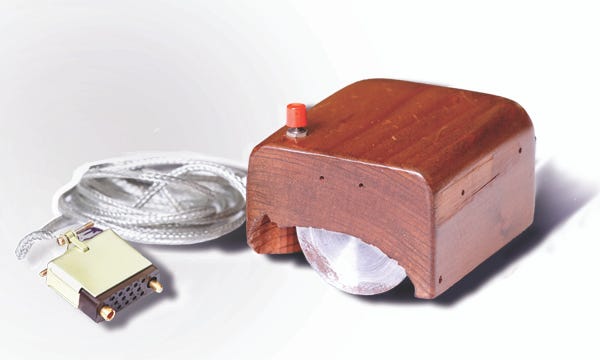
The inventor of the computer mouse,
Douglas Englebart, never profited from his invention. During an interview, he said “SRI patented the mouse, but they really had no idea of its value. Some years later it was learned that they had licensed it to Apple Computer for something like $40,000.” Not a great deal, peeps…
Avoiding the rabbit hole…
So as to avoid a long(er) narrative about the history of the mouse, let’s leave it there and move to this piece’s raison d’être; the mind bogglingly silly problem of computer mouse scroll wheel scrolling directions.
You try to use fewer words to describe it whilst insuring all readers know what you’re talking about! I’m open to suggestions.
I’m quite sure most casual users who have always used a Mac or a Windows machine likely haven’t given a single thought to which direction the document in the display scrolls when you roll the scroll wheel up or down or drag two fingers across a trackpad. It’s kind of a thing that most people get. Kids learn all this stuff before they can string words together, for crying out loud!
But for users like myself who use both macOS and Windows operating systems, it’s a pain. (For the record, I’m also a Linux power user. Mint, Pop, and Fedora, in that order.) Here’s why:
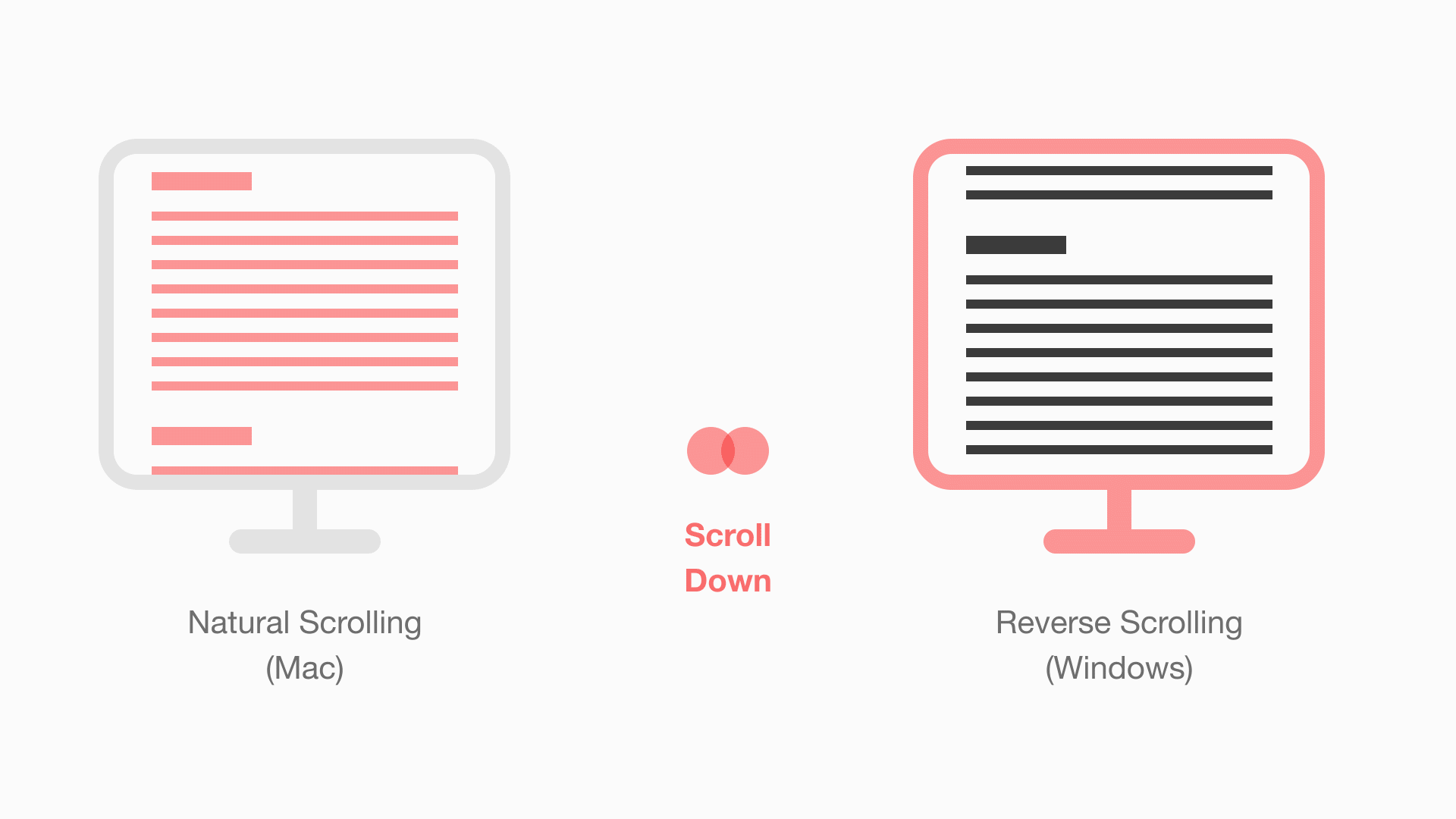 Take a look at Kunal Rathore’s excellent article on the Mac’s natural scrolling versus Windows’ established reverse scrolling implementation
Take a look at Kunal Rathore’s excellent article on the Mac’s natural scrolling versus Windows’ established reverse scrolling implementation, including a lovely animated illustration to, uh… illustrate the difference for those who have withstood the awesome attraction of “the other side”.
As you can plainly see, they just do the opposite. It’s not like you can iterate on a linear motion control. It goes up. It goes down. There’s not a lot of room for creativity. If you take a look at the Mouse settings in macOS and Windows you’ll start to see where the problem lies. Let’s look at macOS 12.4 “Monterey” and how it handles scrolling options:
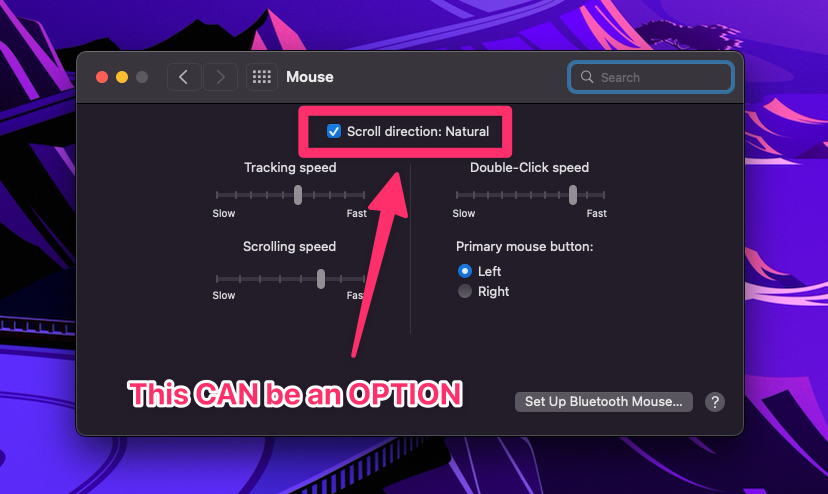
WHAT? The Mac makes this an OPTION???!!! I sense the Windows user inside me starting to get nervous…
Well, how does Windows handle this, then? Let’s take a look at my HP EliteBook running Windows 10 and it’s scroll wheel options:
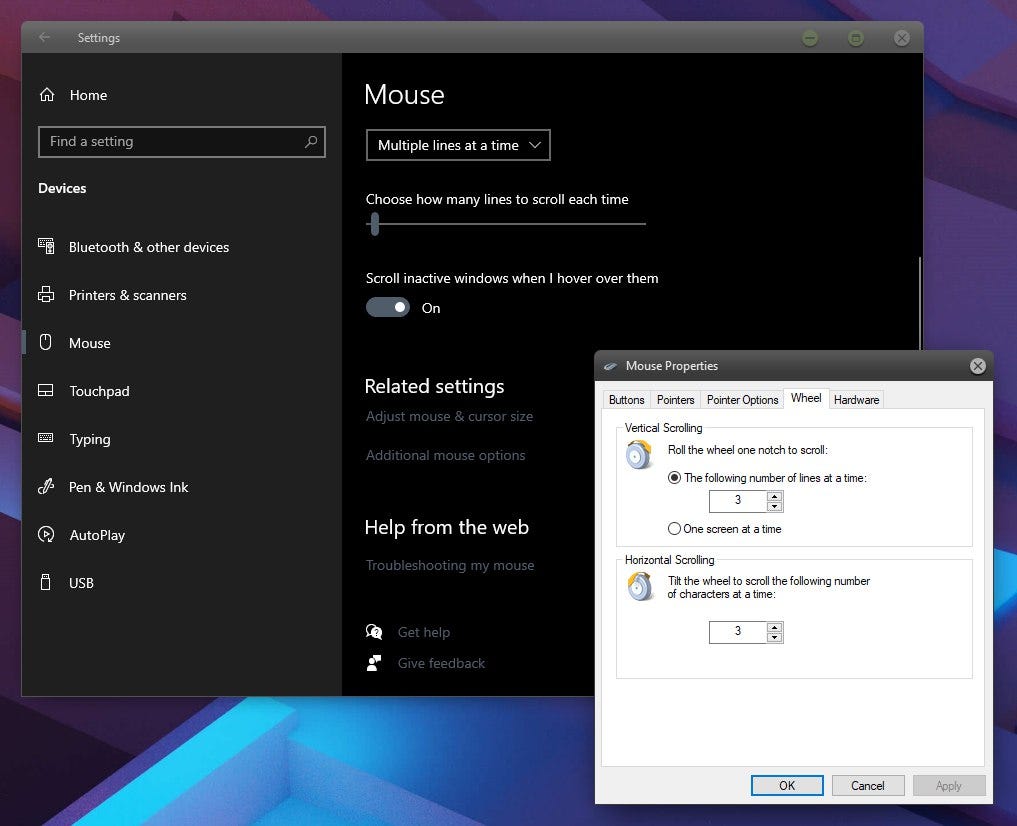
I like Dark Mode. Sue me.
As you can see, the only options for controlling the scroll wheel in Windows are to tweak how quickly and how far it scrolls when you twiddle the control, but not direction.
Grrr.
Yes. All this is the fault of Microsoft…
So, I think we can all agree that this is rather silly, has no place as an issue on computers made since 2010 (so, we’re 12 years late), and is just dirt easy to fix. And no, I don’t want any registry hacks or 3rd party utilities. It’s built into everything else, so yeah. Clearly, everyone else seems to have cracked the code, as it were.
I’m not a coder on any level, but if programmers can make mistake that lose people hundreds of millions of dollars and fix that epic screwup, I’m quite sure Microsoft can add a scrolling direction option toggle to a Windows update coming sometime this year, and that’s being generous.
I’d be willing to wager a farthing and a nice six-pack of gluten-free beer that a couple of their superstar hackers could whip up a fix in an afternoon. Tell “Up” and “Down” to do the opposite.
Ooooooooooo! Rocket Science!!!
I’d be interested in hearing how or why this would not be a feasible endeavor. Both pragmatic and loony answers are welcome. I only have two rules; have fun. be nice.
The Conclusion…
It’s time. Get it done, Microsoft.

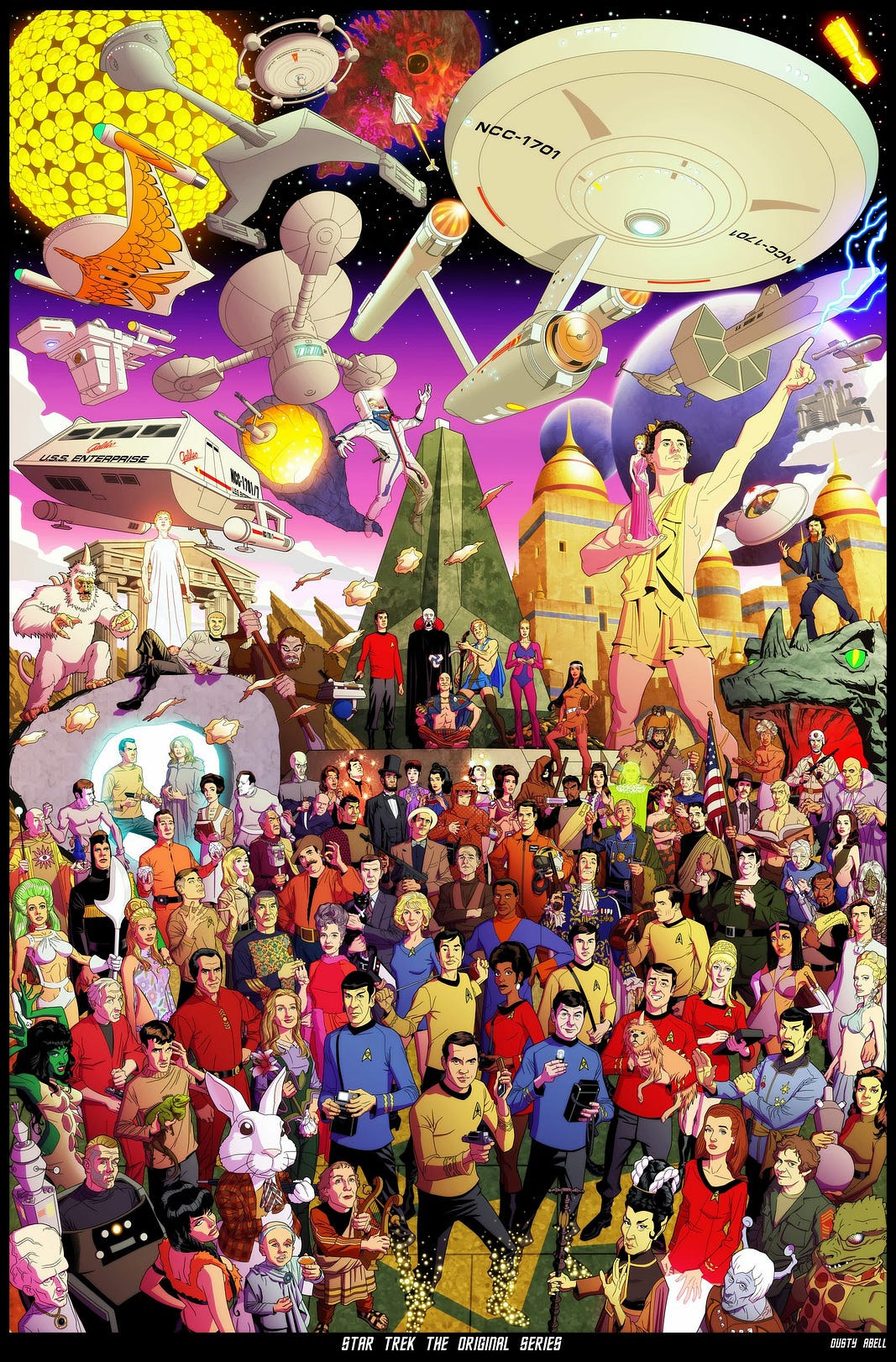



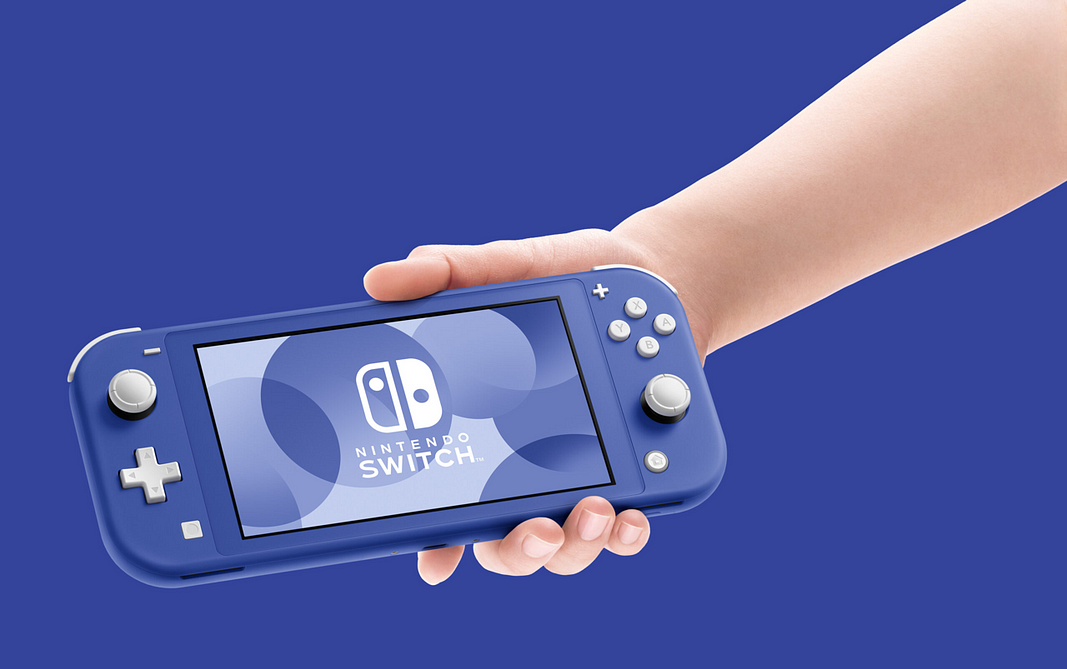

 A Xerox Alto II on display… somewhere. Unfortunately, the contributor didn’t note where they had taken the picture, so it’s anyone’s guess, though likely a computer museum… again, somewhere.
A Xerox Alto II on display… somewhere. Unfortunately, the contributor didn’t note where they had taken the picture, so it’s anyone’s guess, though likely a computer museum… again, somewhere. The inventor of the computer mouse,
The inventor of the computer mouse, 
 WHAT? The Mac makes this an OPTION???!!! I sense the Windows user inside me starting to get nervous…
WHAT? The Mac makes this an OPTION???!!! I sense the Windows user inside me starting to get nervous… I like Dark Mode. Sue me.
I like Dark Mode. Sue me.